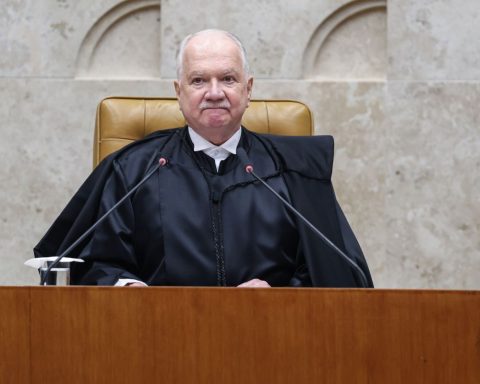Even in a zero emissions scenario by 2050 there would be demand for oil as a feedstock, explained Brian Sullivan, director of Ipieca, the World Oil and Gas Association for High Social and Environmental Standards.
(The costs of accelerating the energy transition in the country).
For this reason, the expert pointed out that the industry must work on aspects such as the sustainability of its operations to contribute positively. All this while the energy transition is moving forward, which according to Sullivan “will never even end.”
What actions are required to stop climate change?
There are many. The first thing is to help the world reduce emissions. Associated with this is the use of energy, that involves things like the use of gas as a replacement for coal. The next step for the gas would be carbon capture and storage, so that it can continue to process the gas as an energy source.
The other issue in terms of reducing emissions is related to consumers, where 85% of emissions come from. It’s about investing in low-carbon forms of energy, it’s about decarbonizing electricity, that’s another element.
What can the oil and gas industry specifically do?
The role of the industry, in particular the oil companies, can be to support the electrification of vehicles and this is an established objective already in Europe and the United States.
It is about helping consumers reduce their emissions and the second role is to reduce emissions associated with production and distribution. This is obtained by eliminating the burning of torches, methane emissions, with greater energy efficiency and also increasing the electrification of its own operations. Replacing diesel generators in airline operations with renewable electricity is part of that.
(How to understand the panorama of energy transition in Colombia).
The other role that sometimes conflicts is to continue to meet the demand for oil and gas as part of the energy transition. This puts the industry in a very difficult position because on the one hand you have a clear global problem, but meanwhile we have a continuous supply that makes it worse.
How can the industry meet these challenges?
One of the ways to mitigate that is by improving its performance on ESG criteria, so that investors under pressure from their stakeholders can access more financing.
How can we have an energy transition and still have the oil and gas sector going?
It is a challenge. The IEA in its ‘World Energy Outlook’ spoke about the fact that the energy transition means, by definition, that both energy systems work in parallel. One power system will increase and the other might decrease over time.
But the IEA said both need to be managed together and therefore this requires realism to recognize that the energy transition will take time, even never end. For this, a long-term vision is needed.
What steps can the industry take in that process to increase sustainability?
There are some elements to sustainability. One would be in terms of carbon, related to emissions from the production and use of oil and gas.
The other element is how the company works. It’s about managing biodiversity responsibly, respecting, protecting human rights and also doing things like reporting, disclosure and transparency.
(These would be Colombia’s challenges in energy matters, according to Aciem).
This work extends to the supply chain, to make sure that the entire chain protects these factors.
The other side of the coin, which is the carbon part, is related to reducing emissions from consumers and reducing emissions from operations. On the operating side, the industry is going to be net positive.
Is it possible to replace oil and achieve the goals set in terms of global warming?
It is possible, but it requires good policy formulation by all countries. Looking at the IEA’s zero emissions scenario, even in 2050 there will still be residual demand for oil. It may not be used as a fuel, but as a raw material.
That scenario still needs about 30 million barrels per day, now we use 100 million barrels, approximately.
What impact does uncertainty have on the necessary investments?
When there is a lot of rhetoric going around and uncertainty about public policy, that tends to create risk and investment may not be enough to meet demand later.
What example can we take in terms of energy transition?
The country we often use as an example is Norway, because of the way they managed the revenue streams they got from the Norwegian oil industry. They had this huge sovereign wealth fund that was used in the fund infrastructure. So, they take the revenue from natural resources and use it to further their national agenda and even to finance some programs around the world in terms of energy transition.
DANIELA MORALES SOLER

















